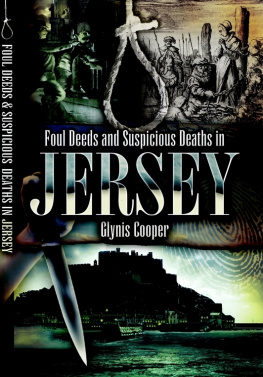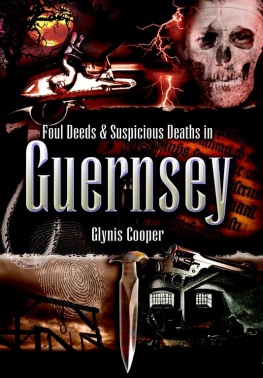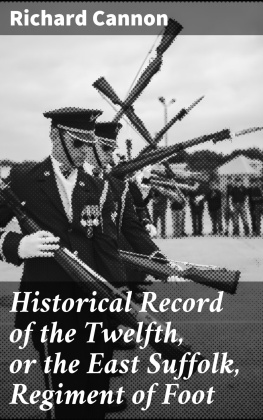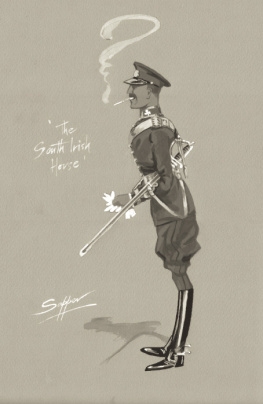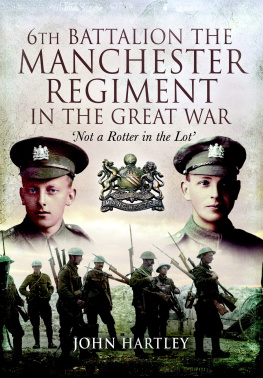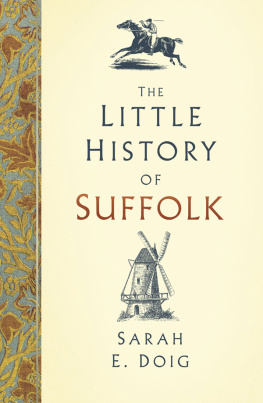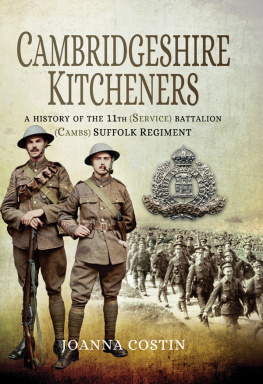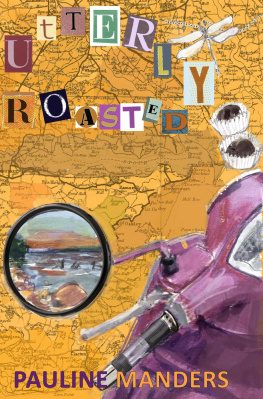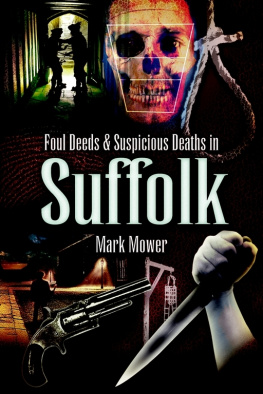Dedication
Dedicated to my siblings Simon Cooper, Daryl Cooper, Troy Hoskin and Guy Beauchamp, with love and lots of memories, and to all the people of Bury St Edmunds who fought, suffered, died, endured or survived, especially to those who made the supreme sacrifice, in the Great War 19141918.
First published in Great Britain in 2017 by
PEN & SWORD MILITARY
An imprint of
Pen & Sword Books Ltd
47 Church Street
Barnsley
South Yorkshire
S70 2AS
Copyright Glynis Cooper, 2017
ISBN 978-1-47383-401-9
eISBN 978-1-47386-472-6
Mobi ISBN 978-1-47386-471-9
The right of Glynis Cooper to be identified as the author of this work has been asserted by her in accordance with the Copyright, Designs and Patents Act 1988.
A CIP catalogue record for this book is available from the British Library.
All rights reserved. No part of this book may be reproduced or transmitted in any form or by any means, electronic or mechanical including photocopying, recording or by any information storage and retrieval system, without permission from the Publisher in writing.
Pen & Sword Books Ltd incorporates the imprints of Pen & Sword Archaeology, Atlas, Aviation, Battleground, Discovery, Family History, History, Maritime, Military, Naval, Politics, Railways, Select, Social History, Transport, True Crime, and Claymore Press, Frontline Books, Leo Cooper, Praetorian Press, Remember When, Seaforth Publishing and Wharncliffe.
For a complete list of Pen & Sword titles please contact
PEN & SWORD BOOKS LIMITED
47 Church Street, Barnsley, South Yorkshire, S70 2AS, England
E-mail:
Website: www.pen-and-sword.co.uk
Introduction
Bury St Edmunds, set in the heart of the West Suffolk countryside, is a beautiful county town with a population of about 42,000 people. It boasts the ruins of an ancient abbey, with extensive and colourful gardens through which the River Lark meanders, Moyses Hall an early medieval merchants house several listed black and white timbered buildings, a unique Grade 1 listed Regency theatre, a rich history, and a profusion of legends.
The Angel Hotel was featured in The Pickwick Papers by Charles Dickens, who stayed in the hotel, and Daniel Defoe (author of Robinson Crusoe and Moll Flanders ) was said to have lived for a while at Cupola House in the Traverse, almost next door to what is now the Nutshell, which is said to be the smallest pub in Britain. The town can trace its origins to Saxon times but takes its name from the East Anglian King Edmund, who was martyred by Danish Vikings in AD869. After Edmunds death legend says that a wolf guarded his mortal remains until his followers found his body, and there is a sculpture, on Southgate Green roundabout in the town, of a 7ft (2.1m) high wooden wolf guarding a symbolic metal crown. The king was later canonised and popular legend says his body lies buried within the abbey grounds.

Abbey ruins, Bury St Edmunds c. 1922.

Abbey ruins, Bury St Edmunds.

Medieval timbered building, Bury St Edmunds.

Model of wolf guarding King Edmunds crown on roundabout near Southgate Street, Bury St Edmunds.

Abbots Bridge, Bury St Edmunds c. 1903.
The abbey was founded in 1020 on the site of Edmunds shrine by the Benedictine Order, and it was one of the wealthiest in the country until the Dissolution of 1536. Street names today indicate the size of the abbey and its township through the number of original entrances: Northgate, Eastgate, Westgate, Southgate, Abbeygate, Churchgate, Raingate, Risbygate. However, Bury St Edmunds chief claim to fame is that it was here, in the abbey, in 1214, that the barons met in secret to draw up Magna Carta, which King John was forced to sign at Runnymede the following year.
A French queen, who was also the great aunt of Mary, Queen of Scots, lies buried in St Marys Church adjacent to the abbey. Mary Tudor, the younger sister of Henry VIII, was married to Louis XII of France and on his death she married her true love, Charles Brandon, Duke of Suffolk, in 1515. They had four children but their two sons died in childhood. Mary herself died prematurely in 1533 aged 37. Gibraltar Barracks was built in 1878 as the home of the Suffolk Regiment and latterly the Royal Anglian Regiment, but Bury St Edmunds has never really seen itself as a garrison town.

Date stone on Gibraltar Barracks, Bury St Edmunds.

Gibraltar Barracks, Bury St Edmunds.

The Barracks, Bury St Edmunds c. 1912.

Visit of King Edward VII and Queen Alexandra to Bury St Edmunds in 1904.
Industries here centred on farming and wool for centuries, and although farming is still strong, brewing, sugar-beet processing and some engineering have joined the ranks. Today tourism is a major factor, but Bury St Edmunds remains essentially a working town with a strong sense of identity within the heart of an agricultural community.


